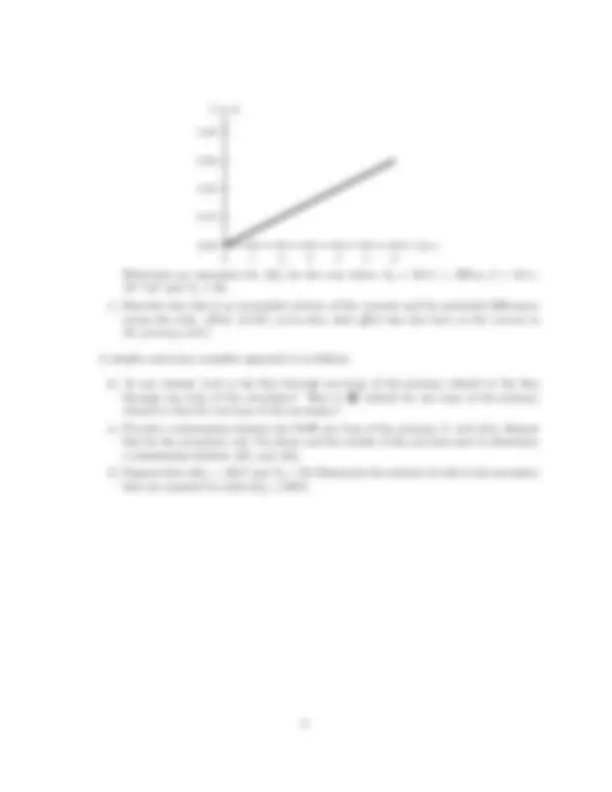



Study with the several resources on Docsity

Earn points by helping other students or get them with a premium plan


Prepare for your exams
Study with the several resources on Docsity

Earn points to download
Earn points by helping other students or get them with a premium plan
Community
Ask the community for help and clear up your study doubts
Discover the best universities in your country according to Docsity users
Free resources
Download our free guides on studying techniques, anxiety management strategies, and thesis advice from Docsity tutors
Material Type: Notes; Professor: Collins; Class: Electromagnetism and Optics-GTSC1; Subject: Physics; University: Mesa State College; Term: Fall 2008;
Typology: Study notes
1 / 2

This page cannot be seen from the preview
Don't miss anything!


Phys 132 Fall 2008
A transformer consists of two solenoids that are connected via an iron core. A current is applied through the left hand solenoid (the primary coil) and the field that is produced by this is transmitted through the iron core. This induces an EMF in the right hand solenoid (the secondary coil).
The field throughout the iron core is uniform in magnitude and the core is constructed so that it has the same cross-sectional area on the left as on the right. The following exercise will illustrate the basic ideas behind which the transformer works.
1 Questions Suppose that the length of each coil is L, their cross-sectional areas are both A and the primary coils has Np turns and the secondary coil has Np turns. A first qualitative attempt to describe this is as follows:
a) Suppose that the potential difference across the primary coil, ∆Vp, varies with time. Using the notions of magnetic flux and Faraday’s law describe qualitatively how this can produce a potential difference across the secondary coil ∆Vs. Indicate how you could attempt to use this to determine an expression for ∆Vs given ∆Vp. b) Suppose that the current through the primary coil is as illustrated.
00
10
20
30
40
0 1 2 3 4 5 6
t in s
I in A
Determine an expression for ∆Vp for the case where Np = 50, L = .050 m, A = 3. 0 × 10 −^2 m^2 and Ns = 20. c) Describe why this is an incomplete picture of the currents and the potential differences across the coils. (Hint: If ∆Vs varies then what effect does this have on the current in the primary coil?)
A simpler and more complete approach is as follows:
d) At any instant, how is the flux through one loop of the primary related to the flux through one loop of the secondary? How is d dtΦ related for one loop of the primary related to that for one loop of the secondary? e) Provide a relationship between the EMF per loop of the primary, E, and ∆Vp. Repeat this for the secondary coil. Use these and the results of the previous part to determine a relationship between ∆Vs and ∆Vp. f) Suppose that ∆Vp = 120 V and Np = 50. Determine the number of coils in the secondary that are required to yield ∆Vp = 220 V.